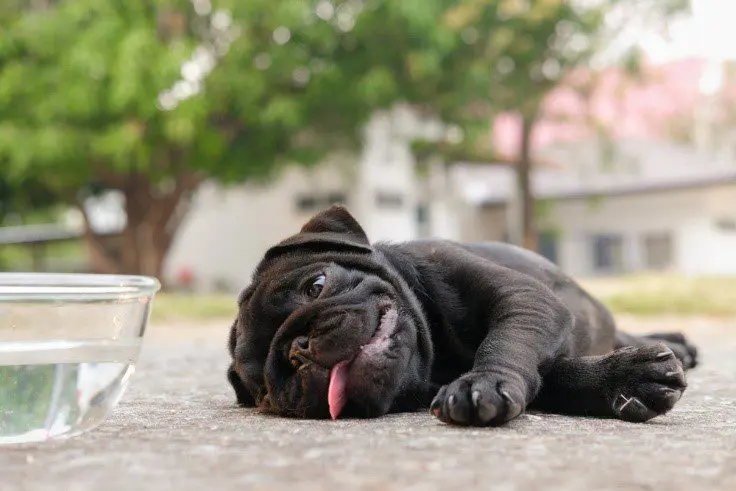
8 Summertime Tips for Keeping Your Pet Cool and Safe
Send enquiry
Leaving your pets in a car is never a good idea
Never leave an animal in a car. Never even for a second. Even with the air conditioner running and the car running, your pet could easily lock you out by stepping on the door lock. An automobile's interior temperature can rise rapidly to dangerous levels during a hot day. This can cause irreversible organ damage or even death to your pet.
When it's hot, adjust your exercise
During the dog days of summer you should adjust your pet's exercise time, duration, and intensity. Instead of walking your pet in the heat of the day, take him out early in the morning or in the evening. You should play extra careful with pets with white ears and faces, as they are more prone to sunburn and skin cancer, and short-nosed pets, such as pugs and bulldogs, which typically have difficulty breathing. If you can, walk on the grass instead of the pavement since hot pavement can burn your paws. To keep your animal hydrated while on a hike in the early morning, take water with you. Puddles may contain chemicals like antifreeze, so don't let thirsty animals drink from them.
Humidity Is Important
Your pet may be affected by the humidity as much as by the ambient temperature. Through panting, animals expend heat by evaporating moisture from their lungs. High humidity makes it difficult for them to cool themselves, and their temperature will skyrocket to dangerous levels. When the weather seems cool, but the humidity level is high, exercise your pets only early in the morning or late at night.
Make sure there is shade and water
Make sure your pet is protected from the sun and heat whenever they are outside and that they have fresh, cool water available all the time. Water that is too warm will not be consumed by animals, so check the water often to ensure it is cool. The shade of trees, tarps, and run-in sheds offer the best airflow because they do not obstruct airflow. Heat is not relieved by doghouses - they make things worse since the walls obstruct airflow.
Cool Your Pet Both Inside and Outside
Keep your dog or cat from overheating with a cooling body wrap, vest, or mat. Give him a bath in your indoor tub or a soak from the garden hose if he enjoys the water (run the water first until it is cool).
Keep an eye out for signs of heatstroke
Heatstroke may occur when temperatures are extremely high. Heatstroke symptoms include difficulty breathing, heavy panting, glazed eyes, a rapid heartbeat, excessive thirst, lethargy, fever, lack of coordination, excessive salivation, vomiting, a dark tongue, seizure, and unconsciousness. Animals with heart or respiratory disease, or animals who are very young or very old, overweight, or that are not conditioned to exercise for prolonged periods are at particular risk for heat stroke. In extreme heat and high humidity, some dog breeds with short muzzles may have a difficult time breathing.
How to Care for a Pet with Heatstroke
Make sure your pet is in a shaded or air-conditioned area. Ice packs or cold towels should be applied to her head, neck, and chest. Run cool water over her (not cold). Drink little amounts of water or let her lick ice cubes. Take her immediately to the veterinarian.
Be ready for extreme weather and extended power outages.
Even in the summer months, Southerners are no strangers to severe weather. Thunderstorms, lightning, and tornadoes can be frequent sources of trouble for our pets, as well as cause them to be fearful. You can protect your pet during a summer storm by creating a disaster plan before the power goes out in your home.
Frequently Asked Questions(FAQ)
Share this post
What service do you need? Petsfeet will help you

#10 Business Directory and Service Provider
Petsfeet provided free online business listing services and a new way to brand yourself on the internet. Add your business with petsfeet to reach out of millions of people by connecting with new customers.
Copyright © 2021 . Proudly powered by petsfeet.com











